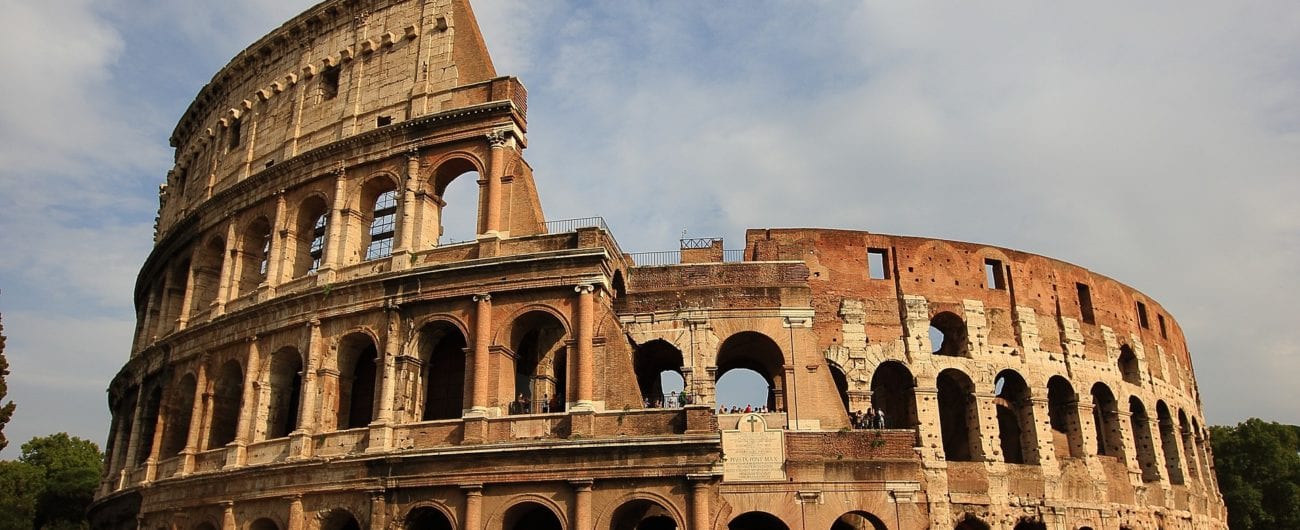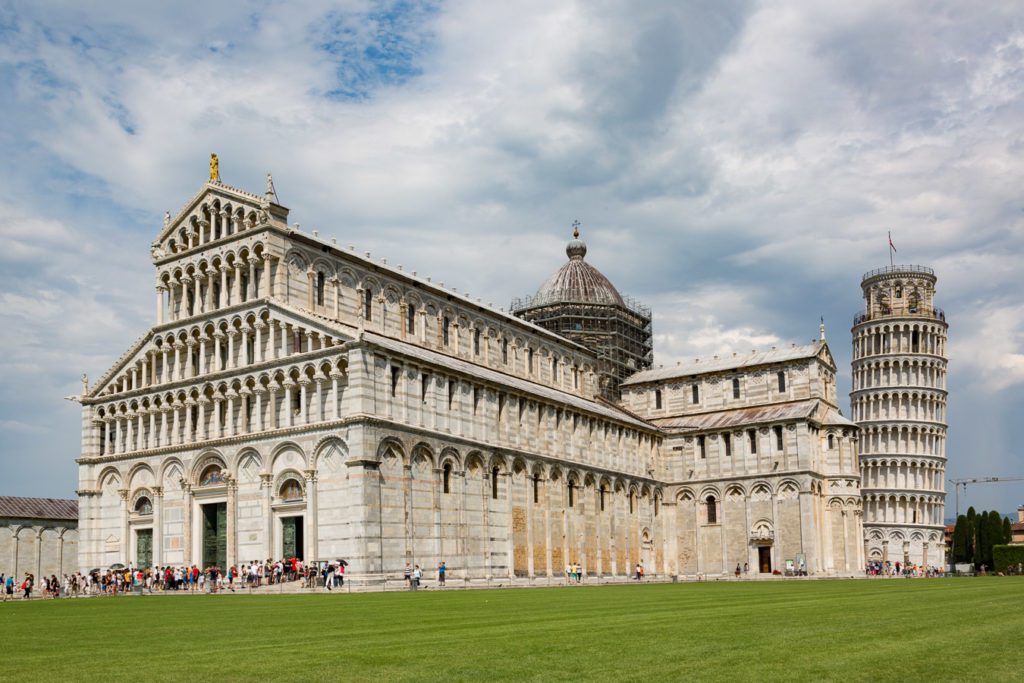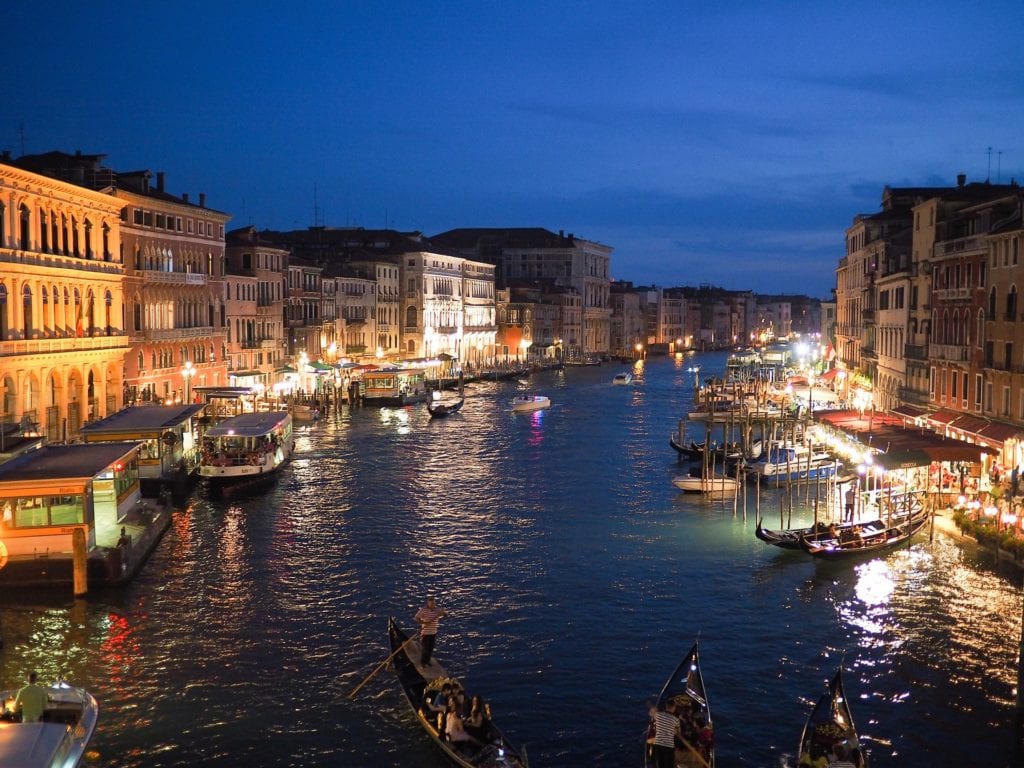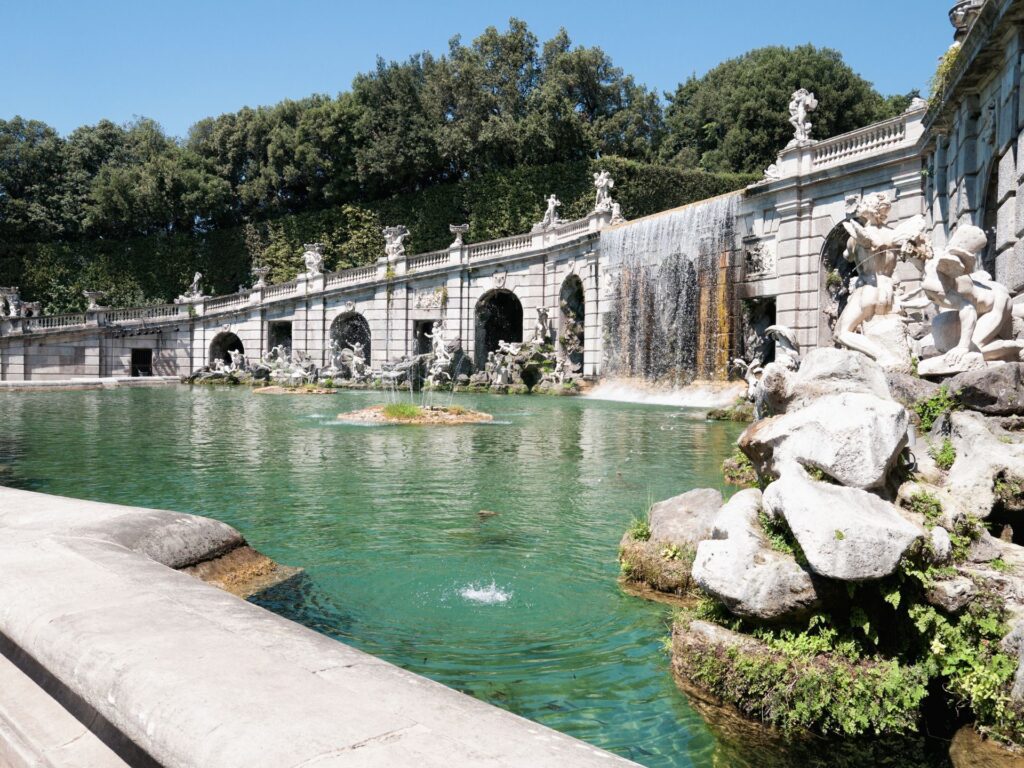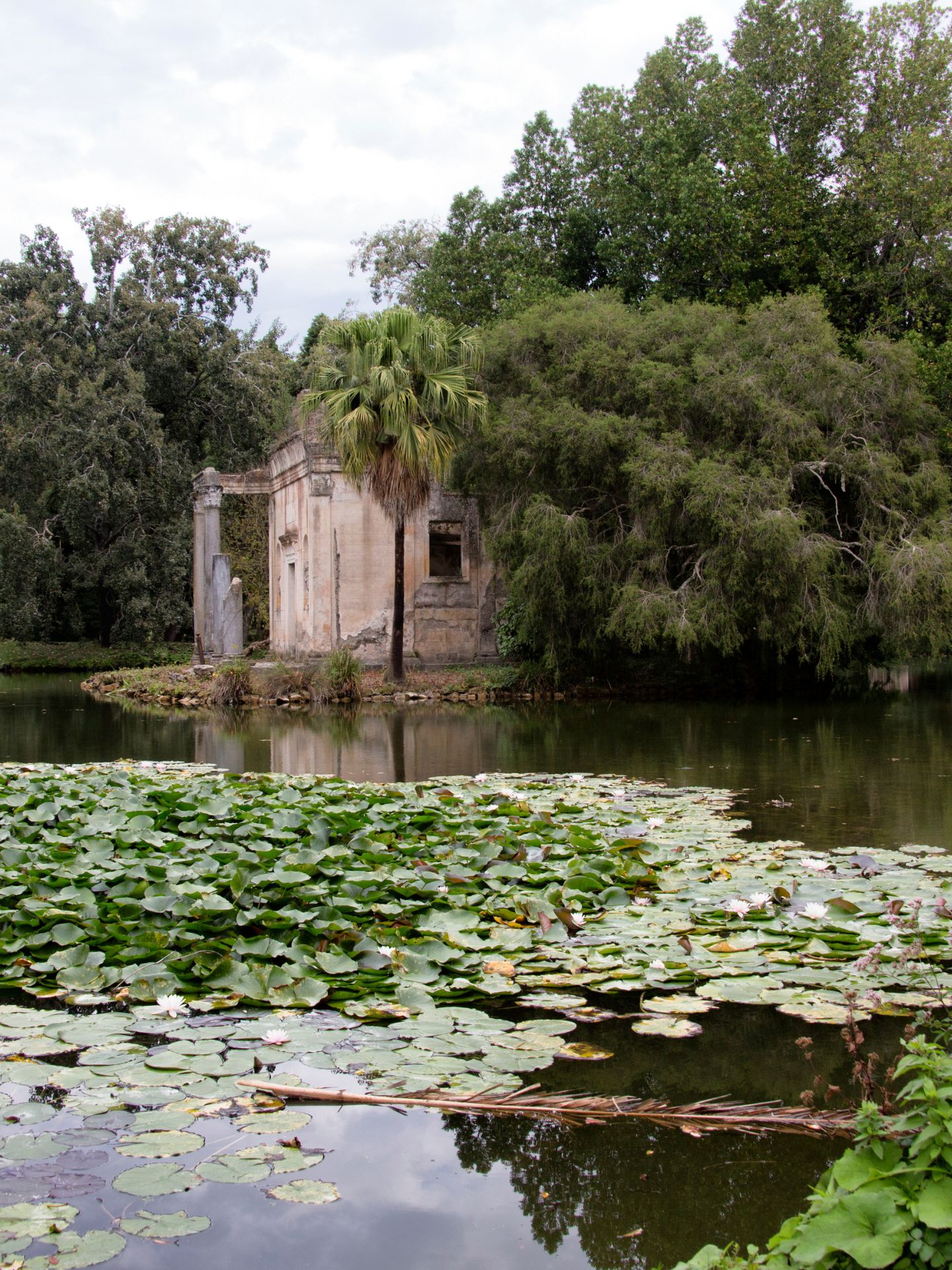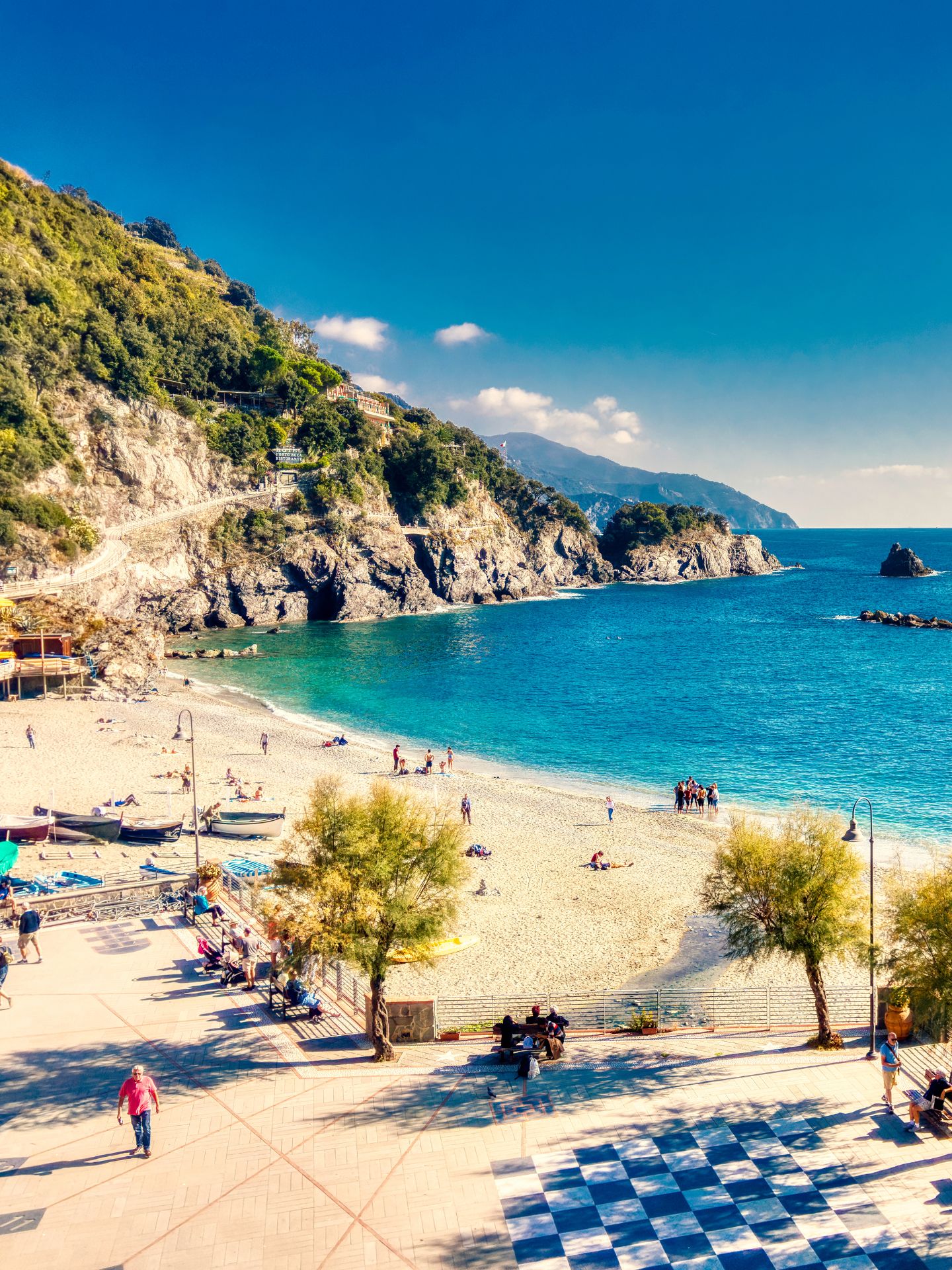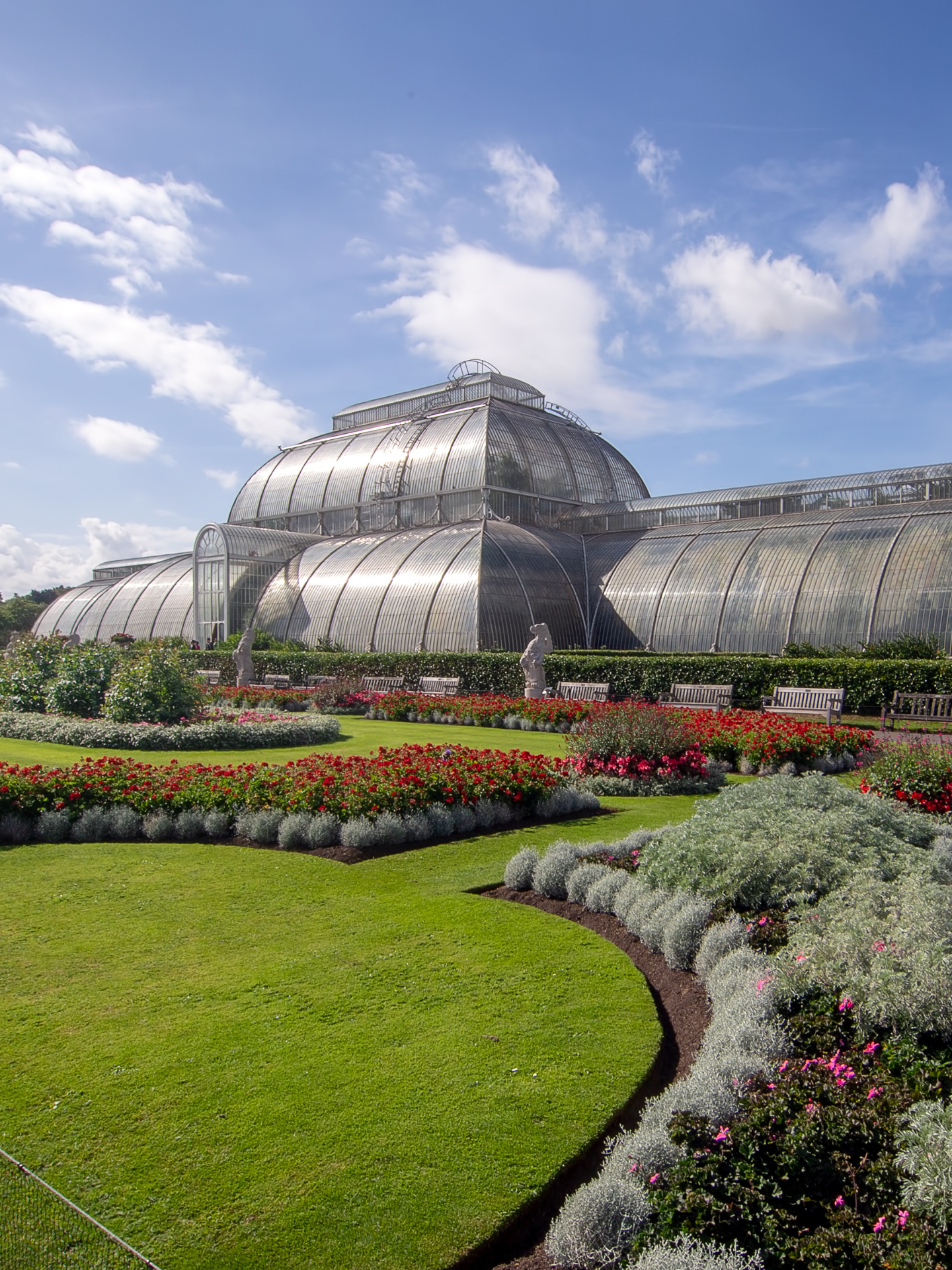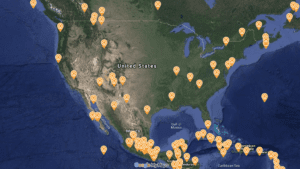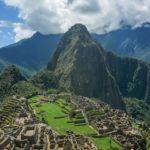Italy is home to 59 UNESCO World Heritage Sites. Of those, there are 53 cultural sites, 6 natural sites and 0 mixed sites. Italy shares 6 of those sites with other countries.
The World Heritage Sites in Italy are:
-
Rock Drawings in Valcamonica
-
Church and Dominican Convent of Santa Maria delle Grazie with “The Last Supper” by Leonardo da Vinci
-
Historic Centre of Rome, the Properties of the Holy See in that City Enjoying Extraterritorial Rights and San Paolo Fuori le Mura
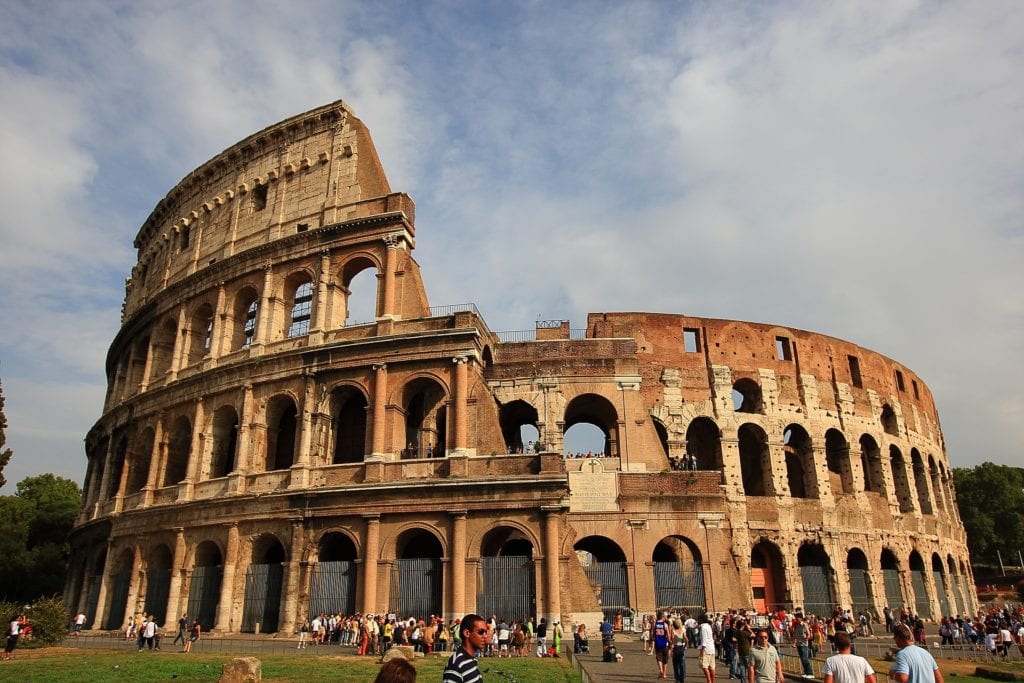
Founded, according to legend, by Romulus and Remus in 753 BC, Rome was first the centre of the Roman Republic, then of the Roman Empire, and it became the capital of the Christian world in the 4th century. Photo credit: SungRae_Kim/Pixaby -
Historic Centre of Florence
-
Piazza del Duomo, Pisa

Piazza del Duomo houses a group of monuments known throughout the world. Standing in a large green expanse, enclosed by the city walls, the former Ospedale della Misericordia and the Palazzo dell’Arcivescovato, the Piazza del Duomo at Pisa comprises one of the most renowned constructed landscapes in the world. Photo credit: Amanda McCadams -
Venice and its Lagoon

Founded in the 5th century and spread over 118 small islands, Venice became a major maritime power in the 10th century. -
Historic Centre of San Gimignano
-
The Sassi and the Park of the Rupestrian Churches of Matera
-
City of Vicenza and the Palladian Villas of the Veneto
-
Crespi d’Adda
-
Ferrara, City of the Renaissance, and its Po Delta
-
Historic Centre of Naples
-
Historic Centre of Siena
-
Castel del Monte
-
Early Christian Monuments of Ravenna
-
Historic Centre of the City of Pienza
-
The Trulli of Alberobello
-
18th-Century Royal Palace at Caserta with the Park, the Aqueduct of Vanvitelli, and the San Leucio Complex

Caserta -
Archaeological Area of Agrigento
-
Archaeological Areas of Pompei, Herculaneum and Torre Annunziata
-
Botanical Garden (Orto Botanico), Padua
-
Cathedral, Torre Civica and Piazza Grande, Modena
-
Costiera Amalfitana
-
Portovenere, Cinque Terre, and the Islands (Palmaria, Tino and Tinetto)
-
Residences of the Royal House of Savoy
-
Su Nuraxi di Barumini
-
Villa Romana del Casale
-
Archaeological Area and the Patriarchal Basilica of Aquileia
-
Cilento and Vallo di Diano National Park with the Archeological Sites of Paestum and Velia, and the Certosa di Padula
-
Historic Centre of Urbino
-
Villa Adriana (Tivoli)
-
Assisi, the Basilica of San Francesco and Other Franciscan Sites
-
City of Verona
-
Isole Eolie (Aeolian Islands)
-
Villa d’Este, Tivoli
-
Late Baroque Towns of the Val di Noto (South-Eastern Sicily)
-
Sacri Monti of Piedmont and Lombardy
-
Monte San Giorgio
-
Etruscan Necropolises of Cerveteri and Tarquinia
-
Val d’Orcia
-
Syracuse and the Rocky Necropolis of Pantalica
-
Genoa: Le Strade Nuove and the system of the Palazzi dei Rolli
-
Ancient and Primeval Beech Forests of the Carpathians and Other Regions of Europe
-
Mantua and Sabbioneta
-
Rhaetian Railway in the Albula / Bernina Landscapes
-
The Dolomites
-
Longobards in Italy. Places of the Power (568-774 A.D.)
-
Prehistoric Pile Dwellings around the Alps
-
Medici Villas and Gardens in Tuscany
-
Mount Etna
-
Vineyard Landscape of Piedmont: Langhe-Roero and Monferrato
-
Arab-Norman Palermo and the Cathedral Churches of Cefalú and Monreale
-
Venetian Works of Defence between the 16th and 17th Centuries: Stato da Terra – Western Stato da Mar
-
Ivrea, industrial city of the 20th century
-
Le Colline del Prosecco di Conegliano e Valdobbiadene
-
The Great Spa Towns of Europe
-
Padua’s fourteenth-century fresco cycles
-
The Porticoes of Bologna
-
Evaporitic Karst and Caves of Northern Apennines

